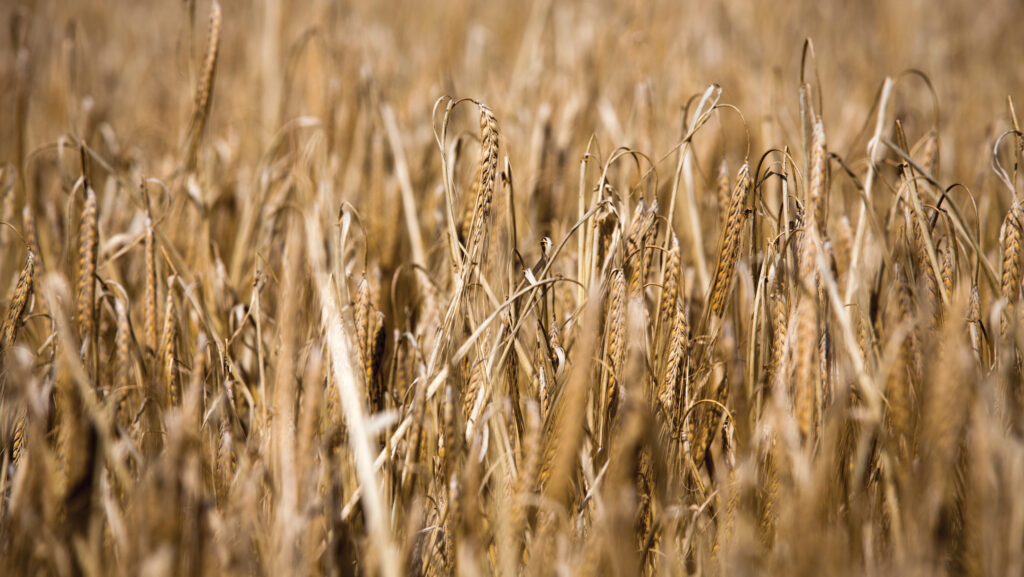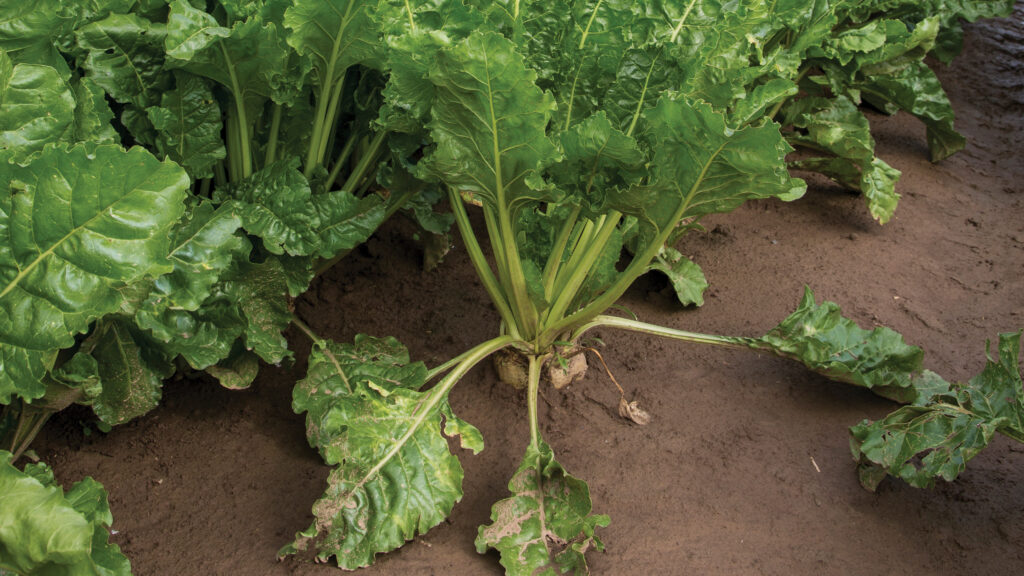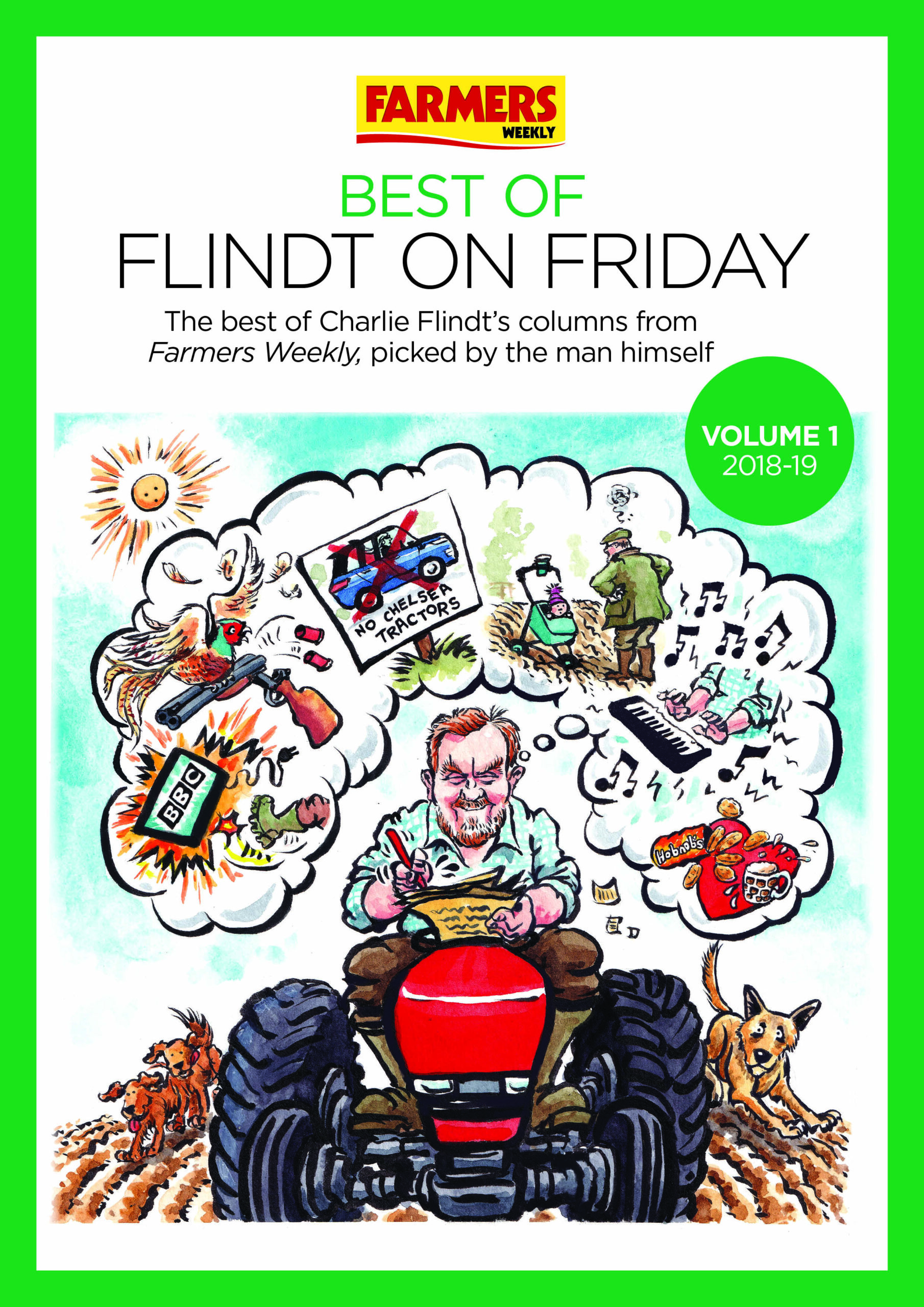Rugby star Tom Youngs reveals his approach to arable cropping
 Tom Youngs © Allstar Picture Library/Alamy-Stock Photo
Tom Youngs © Allstar Picture Library/Alamy-Stock Photo
The rapid pace of change that farming businesses have been subjected to in the past nine months is being relished by Tom Youngs, who is back running the family farm with his cousin George.
After a highly successful 17-year career in professional rugby, Tom’s enthusiasm and passion for farming is evident – describing it as his “proper love” and recognising his good fortune in having another career to move on to.
See also: An in-depth look at stem- and soil-borne diseases in cereals
“I’m lucky; I loved rugby and I’ve always loved farming,” he says.
“Of course, coming back just as BPS was being phased out has meant we’ve had to make adjustments and look very hard at what we’re doing, but we’re committed.”
Diversification
As a result, the business is now highly diversified, with a livery yard, self-storage containers, workshop units and a lakeside holiday let all providing alternative income streams.
To this end, the family is currently considering a possible expansion into camping pods, also around the lake, with planning permission granted.
“Whether we do it or not remains to be seen – it’s a beautiful spot and we might decide to keep it to ourselves and enjoy it.”
These activities sit alongside combinable crop and sugar beet production, with land also being rented out to third parties for pig and potato production.
The farm has its own water supply from three boreholes, making it an attractive proposition for high-value crops.
Tom oversees the day-to-day arable operations, while George takes care of the diversified business activities.
Tom’s father is still active in the business and is currently getting to grips with their new self-propelled sprayer.
“We had lengthy discussions about whether to go for a trailed sprayer or a self-propelled one, but were swayed by the work/life balance advantage offered by a self-propelled machine,” he reveals.
Farm plans
The Youngs own 485ha and contract farm another 300ha. Taking on more land is a priority for Tom, who wants to spread their overhead costs across a bigger area and make best use of the machinery.
“Opportunity comes at different times so you have to be able to strike quickly,” he says. “We are looking to extend the business and keep moving forward, so adding more land is one of our current goals.”
For now, they won’t be buying it. A very good relationship with their bank manager is maintained, but recent investment in other parts of the business has taken priority for future-proofing reasons.

© GNP
“There’s always competition for land so we have to be prepared for when land becomes available and it makes sound financial sense for us to tender for it.”
Despite recent events and uncertainty surrounding agricultural policy, he is upbeat about the industry and sees a future in food production.
“Like everyone else, we are having to make some difficult decisions and look at other ways of doing things.
“I’ve never had such anxiety about budgets but farming has always had to change, even if the pace of that has picked up recently.”
Cropping

© GNP
Sugar beet is a key crop in the rotation, as high yields are achievable and the crop’s performance at about 90t/ha has been consistent.
Some of this year’s 154ha of beet is growing on land behind pigs and Tom is pleased with its progress to date.
“I didn’t plough the ground as I was concerned about compromising our grassweed control,” he recalls. “It had plenty of muck, established well and is growing strongly.”
However, he will be keeping a close eye as negotiations between British Sugar and the NFU for the 2026 beet price take place.
“Our costs haven’t come down so it has to be worth our efforts. The inability to plan is what I don’t like about the sugar-beet system.”
Other crops grown on the farm are winter wheat, both winter and spring malting barley and vining peas.
There’s still a local market for Maris Otter in the area, although Tom is less pleased with how the winter barley has fared this year.
“It’s not looking great – the dry conditions may have had something to do with it. I don’t know whether we’ll stick with it.”
Environmental schemes have been embraced – with cover crops, field margins and corners being used.
“We were lucky that we got into the schemes before they closed and we’re using them to help nature, while making the farm more efficient.”
Social media
Tom is active on social media as he believes in getting the farming message across to the wider public and uses his rugby following to extend his reach.
Showcasing the industry “warts and all” is his aim – with both good days and bad days being featured, along with some humour.
“It’s a case of hold on tight for farmers at the moment so it’s important that the public understands that and sees what we are up against.”
Future direction
Looking ahead, he has identified some key actions for the next five years, mindful that government support for farming is waning and a lack of clarity from policymakers remains.
The first is make sure that all of the farm’s assets are being put to best use. “The livery yard is a good example; we used to rent it out to someone, now it is in-hand and we employ someone to run it.”
Cost control is another area of planned scrutiny.
“We are going to keep looking at the figures – recent government decisions have affected our budgets, with most having to be re-done, so paying attention to cashflow is essential.”
Labour is also in a state of flux. “We have an excellent worker who is 70 years old and would like to move to part-time, so I’m wondering if I can run the farm with less labour.
“It may prompt us to look at a different approach to recruitment or consider joint initiatives.”
As already mentioned, expansion is in his business plans.
“What we need to avoid is being stretched too thinly, but we are always looking for the next opportunity. Standing still isn’t what we’re about.”
Rugby rigour
From his previous rugby career, Tom acknowledges that he expects high standards from others and is making good use of transferable skills.
Used to high pressure situations and having captained Leicester Tigers for six years, he had plenty of practice in getting the best from the team and being prepared for difficult conversations.
“That could be with a family member or with a supplier – it’s about speaking to them in a certain way and not shying away from having that discussion.”
His other valuable experience is how having a clear direction and sticking to the plan can make a difference.
“I refer to it as a muddy path. We know which way we’re going, but it’s easy to get pulled off the path by the mud. Getting back on it is important.
“Of course, in rugby, you can make a mistake and move on. In farming, you look at it for a year.”
Adjusting to life in a tractor cab after an international rugby career hasn’t been too difficult, he maintains.
“I always knew that rugby wouldn’t last forever and that I wanted to farm. I will have more years in farming than I did on the rugby field.”
Tom Youngs talked to Farmers Weekly about his farming hopes and aspirations at a recent Ceres Rural ‘Farming into the Future’ breakfast.

